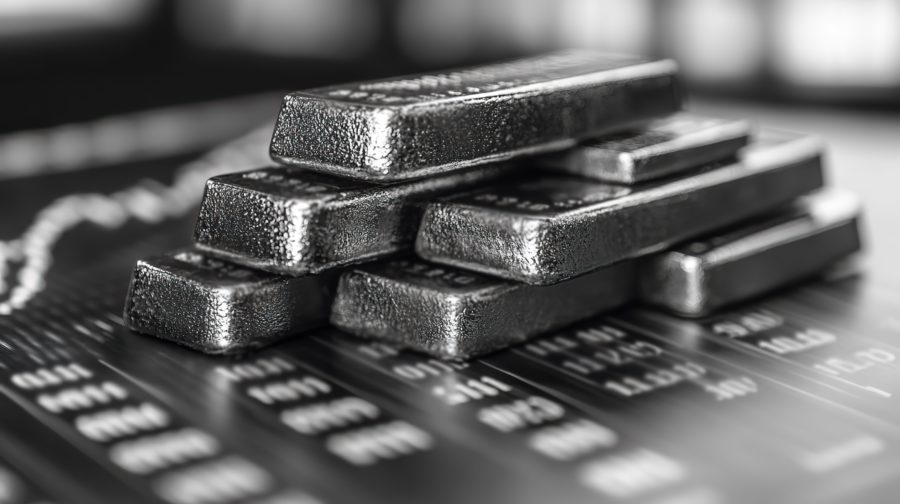Iron ore prices hit six-day highs, but rally won’t last say experts
 The price of iron ore recovered Wednesday for the sixth consecutive day after Brazil’s iron and steel association released figures showing volumes produced by Vale (NYSE:VALE) were flat year-on-year in May 2015.
The price of iron ore recovered Wednesday for the sixth consecutive day after Brazil’s iron and steel association released figures showing volumes produced by Vale (NYSE:VALE) were flat year-on-year in May 2015.
The steel-making commodity traded at $62.53 a tonne, up $1.19 from Tuesday, and almost 40% higher since than early April levels.
Both the MBIOI-62 and MBIOI-58 Premium Index now sit about $3/tonne below the recent highs seen two weeks ago.
The price of Australia’s biggest export earner has been on a roller-coaster ride this year, dropping to a decade-low at the start of April as increased low-cost output from miners including Rio Tinto (LON:RIO) and BHP (ASX:BHP), as well as weaker demand in China caused oversupply.
Tumbling stockpiles in the Asian nation, the world’s biggest user, after imports missed expectations, helped to spur gains in April, May and the first two weeks of June.

Source: MB Iron Ore Index.

Source: MB Iron Ore Index.
But experts warn the rally won’t last long. Goldman Sachs Group, for instance, is predicting prices to drop again below $50 a tonne as low-cost supplies from Australia and Brazil expand and a slump in steel squeezes mills’ profits, CNBC reported:
Goldman cut its 2015-2018 iron ore forecasts by 18-33% to $52, $44, $40 and $40 a tonne respectively and it lowered its long-term forecast by 25% to $45.
Australia & New Zealand Banking Group expects the price to fall to $53 over the next three months and stay below $60 a tonne during 2016.
Investment Bank Citi has also weighed in, forecasting iron ore price to tumble as low as to $48 a tonne in the third quarter and even lower ($38 a tonne) in the fourth quarter of the year, AAP reported.
Rating agencies are also concerned about the impact of iron ore’s fall.
Last week, Standard & Poor’s placed several industry players on credit watch negative, including Vale, Rio Tinto, BHP Billiton, Anglo American, CAP, Fortescue Metals Group, Exxaro Resources and Eurasian Resources.
{{ commodity.name }}
{{ post.title }}
{{ post.date }}




2 Comments
jaime54
rio,,bhp went too far expanding mines ahead of demand.some iron mines in china are subsidized and wont stop because of low prices.why executives don’t think?
Anopheles
The big companies depend not only on profit per tonne, but also on cash flow. To maintain their cash flow, they had to increase production.
The big companies are still profitable at the present prices, so why not keep producing.